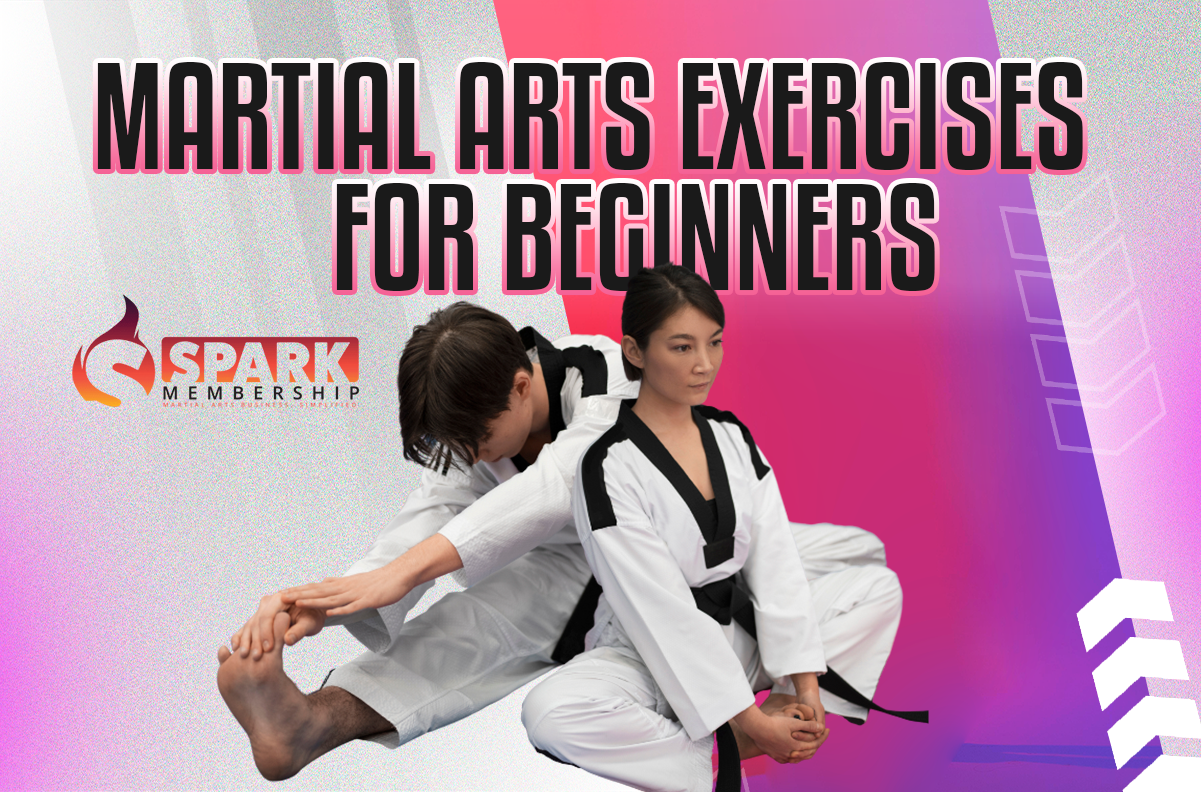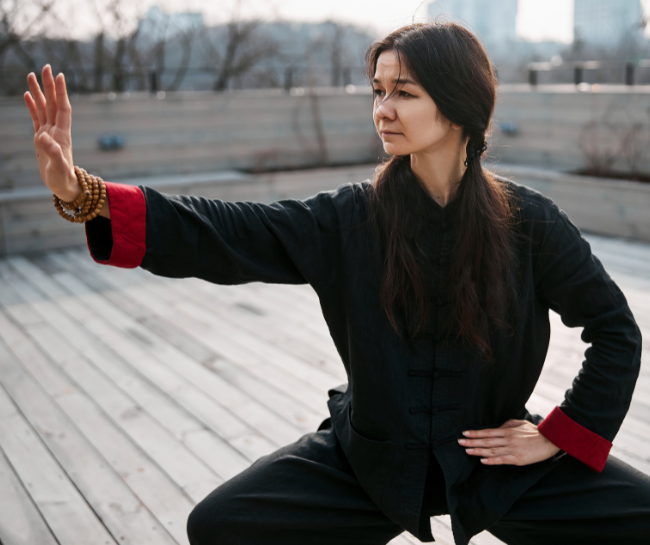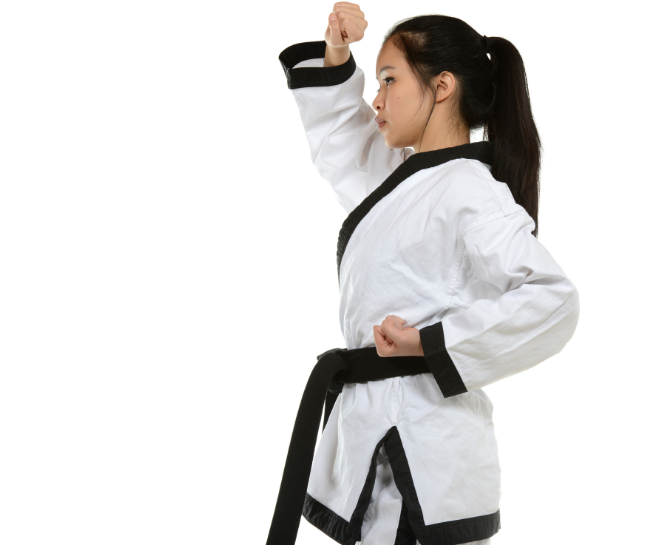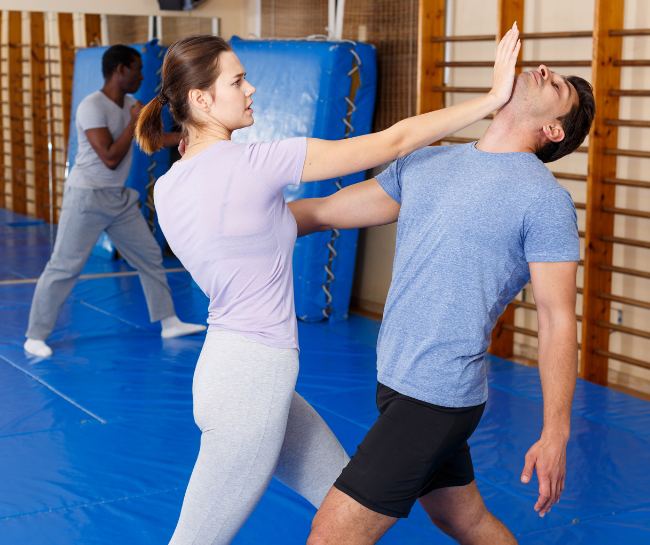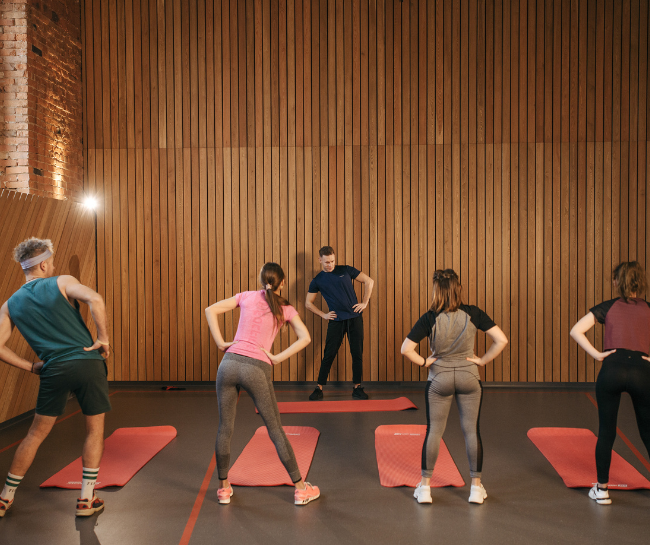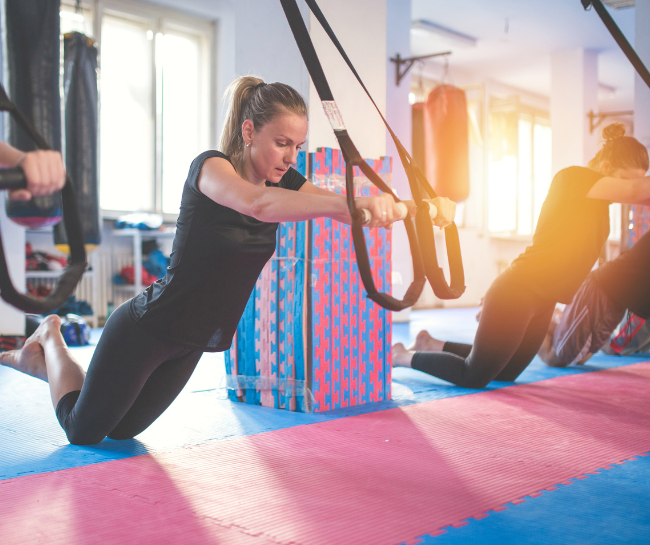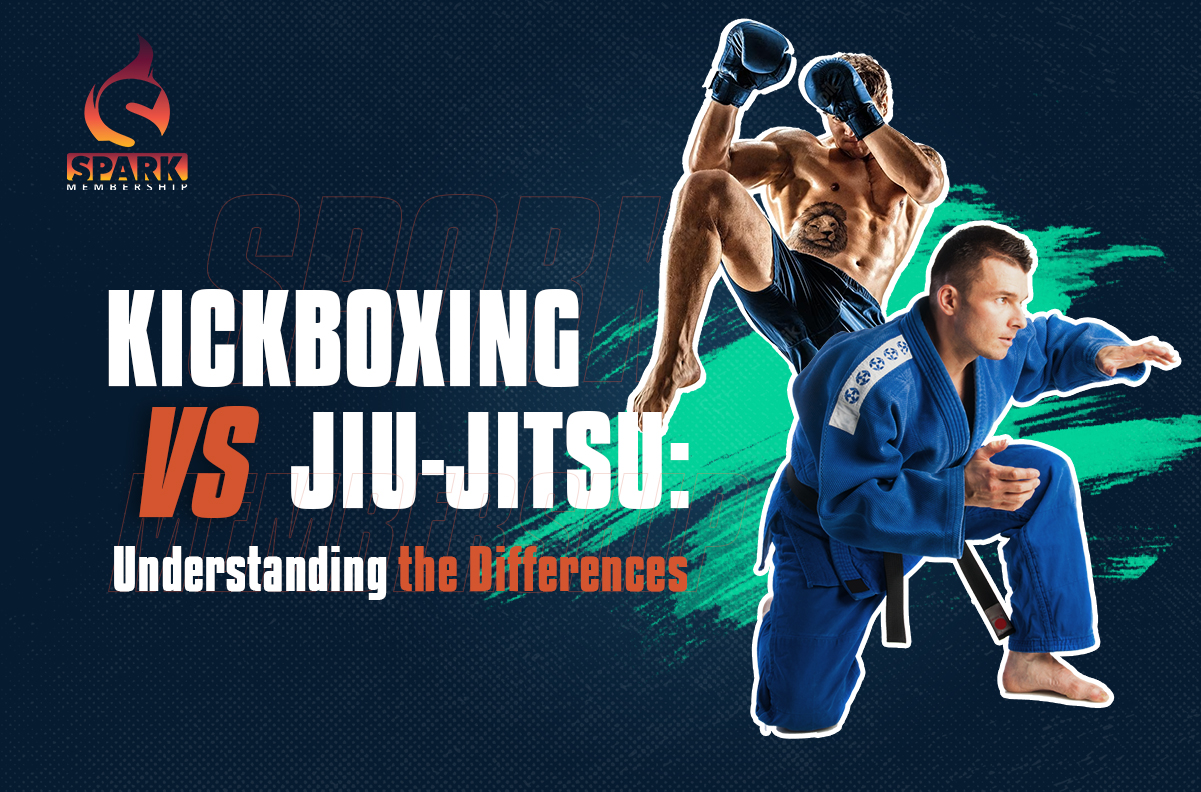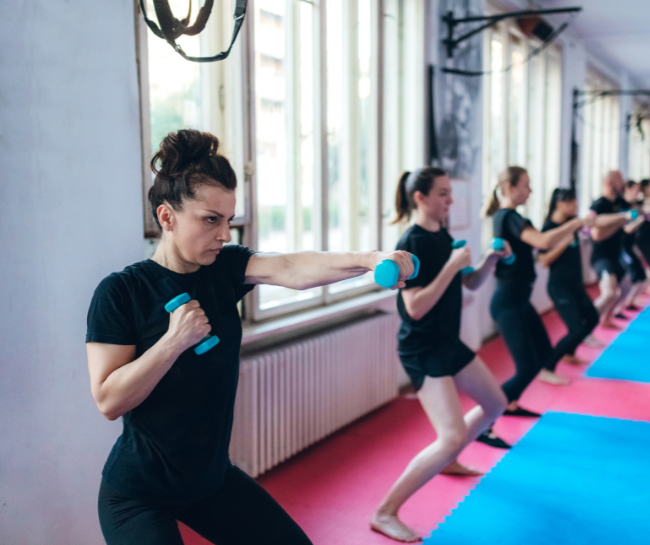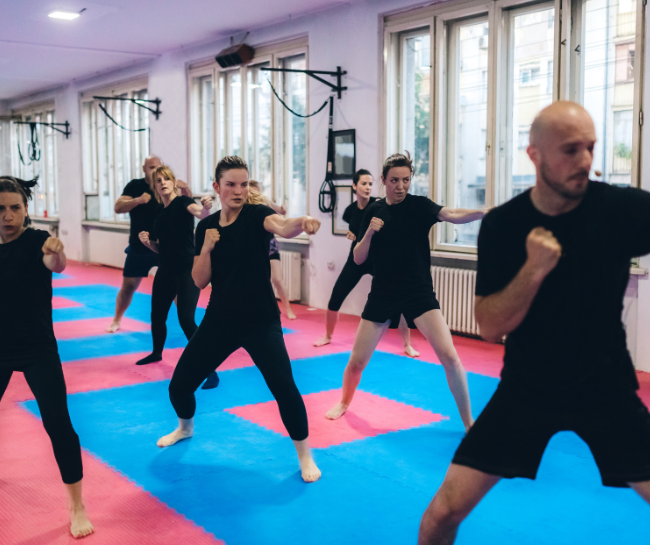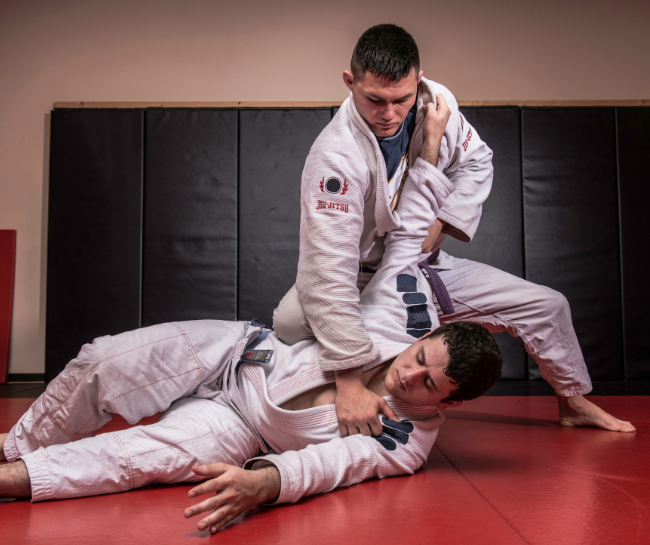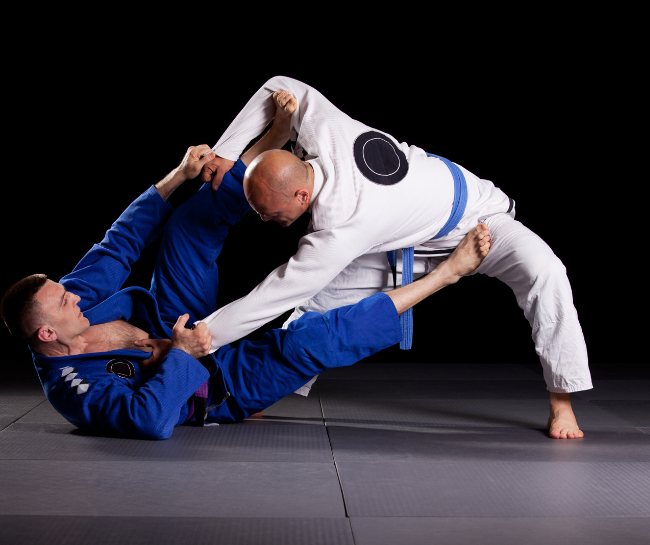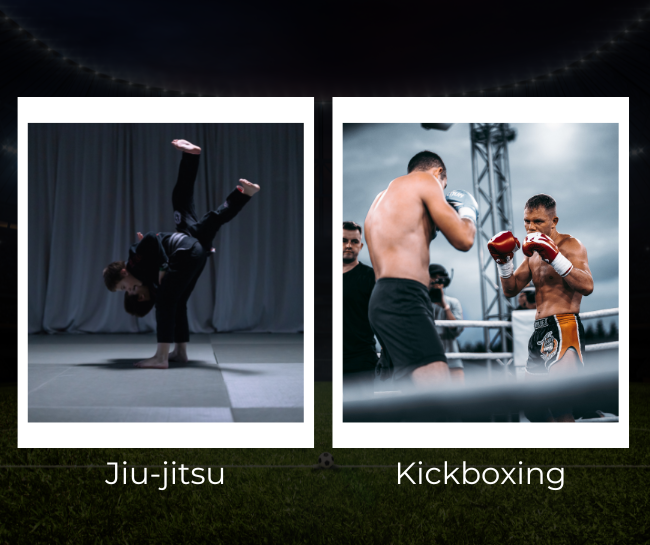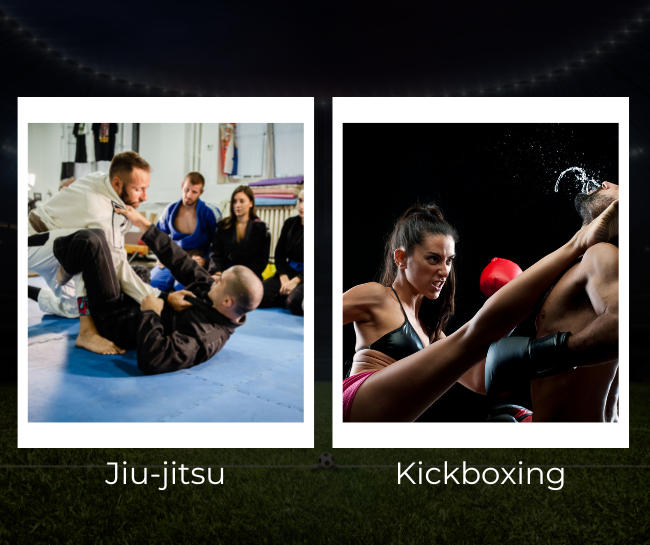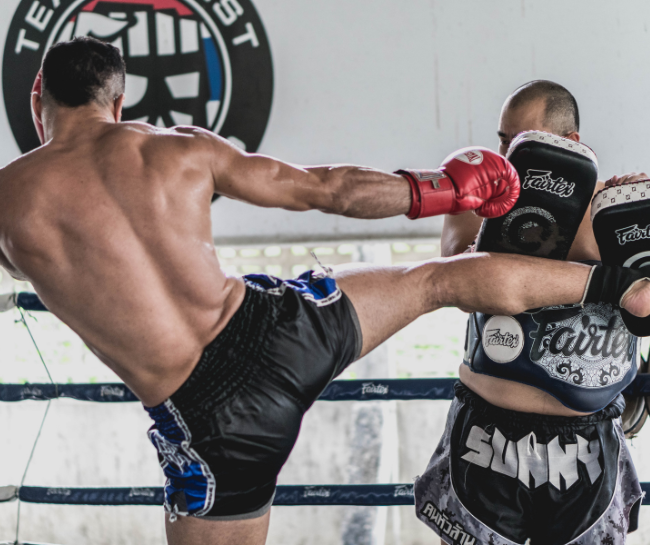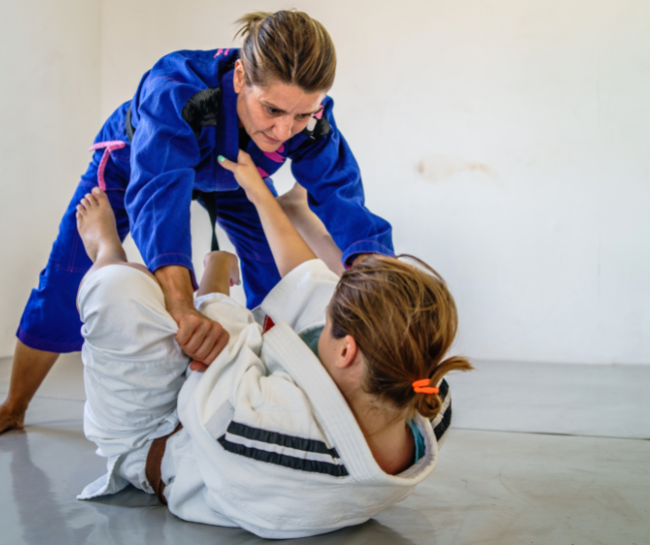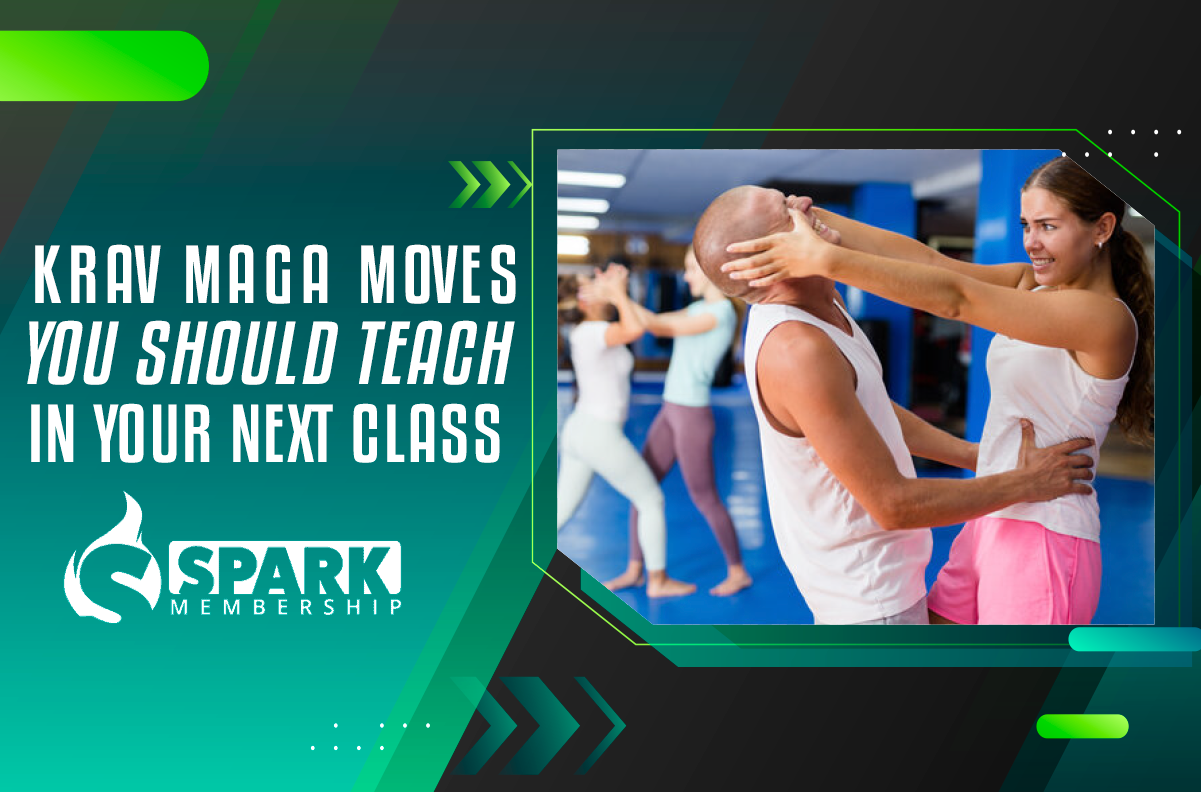
Krav Maga is a dynamic and effective martial art that focuses on practical self-defense techniques. As a Krav Maga instructor, it’s essential to provide your students with the best training experience possible. This article aims to educate Krav Maga instructors on essential moves to include in their classes, ultimately improving student satisfaction and increasing class retention rates.
What are the 6 pillars of Krav Maga?
Krav Maga, a highly effective self-defense system, is built on several key principles that guide its practice. Although there is no universally agreed-upon list of “six pillars,” many practitioners recognize the following concepts as essential elements of Krav Maga:
Simplicity
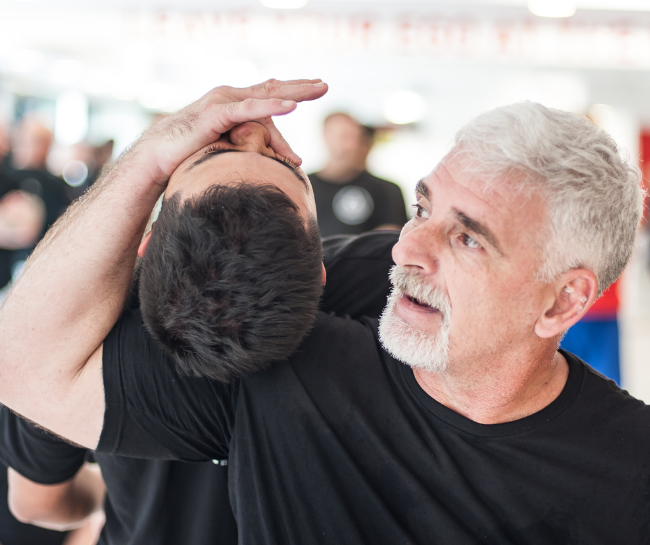
Krav Maga techniques are designed to be simple and easy to learn. The system focuses on natural movements and instinctive reactions, allowing practitioners to quickly acquire and effectively use the techniques in high-stress situations.
💡 Simplicity is the ultimate sophistication, and in the world of Krav Maga, it’s not just a philosophy, but a crucial element of effective self-defense. Teach your students moves that are simple, practical, and easy to remember, and watch them become unstoppable.
Practicality
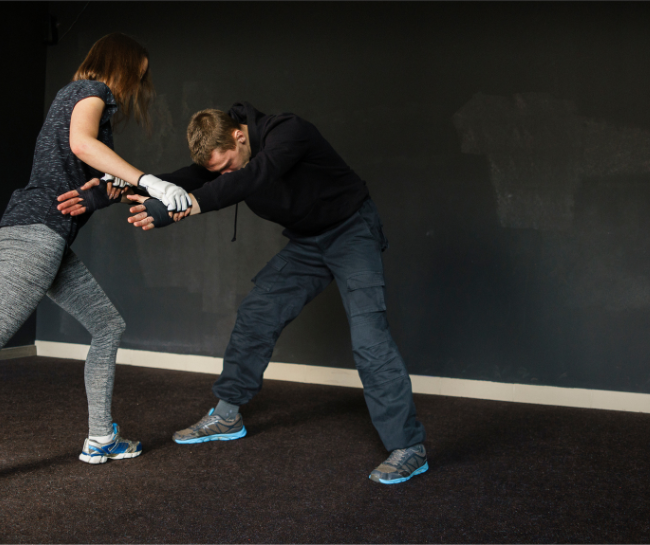
The system is grounded in real-world scenarios, ensuring that the techniques are practical and relevant to the situations one might encounter in daily life. Krav Maga teaches defenses against common attacks and emphasizes adaptability to different environments and circumstances.
Efficiency

Krav Maga aims to provide the most efficient and direct solutions to threats. Techniques are designed to neutralize an attacker as quickly as possible, using minimal energy and time.
Aggression
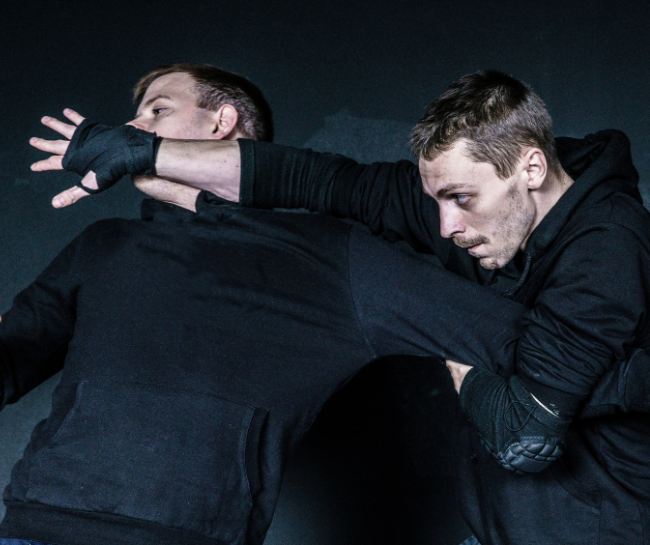
Krav Maga encourages the development of a fighting spirit and a willingness to engage aggressively when necessary. This mindset is crucial for overcoming an attacker and surviving a confrontation.
Continuous Improvement
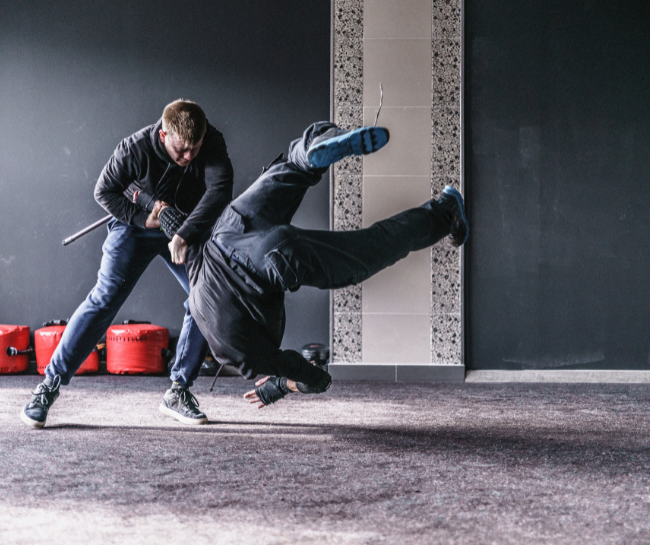
Krav Maga is an evolving system that is constantly updated based on real-life experiences and feedback from practitioners. This ensures that the techniques and strategies remain effective and relevant in today’s ever-changing world.
Situational Awareness
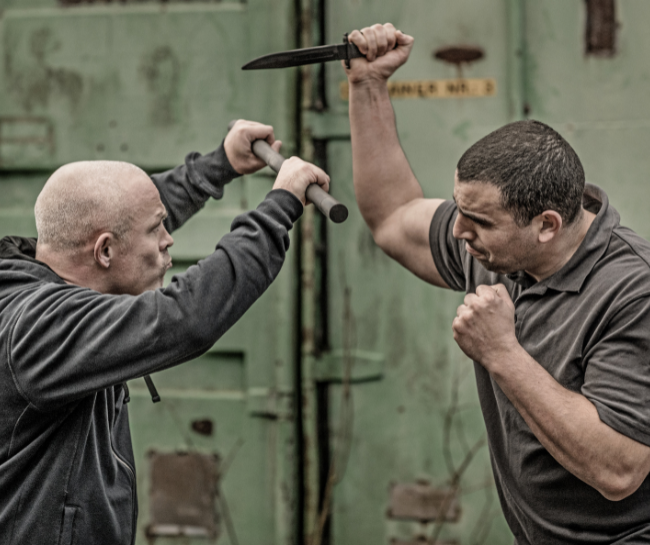
Krav Maga emphasizes the importance of being aware of one’s surroundings and recognizing potential threats before they escalate. Developing situational awareness skills can help prevent confrontations and enable individuals to react more effectively when faced with danger.
These core principles make Krav Maga a powerful and practical martial art for self-defense, focusing on real-world applications and the development of both physical and mental skills necessary for personal protection.
Essential Krav Maga Moves
A comprehensive Krav Maga class should include a variety of techniques and drills, focusing on stand-up and ground fighting, as well as self-defense scenarios. Here is an expanded and clarified breakdown of essential Krav Maga moves:
Warm-up and Conditioning Drills
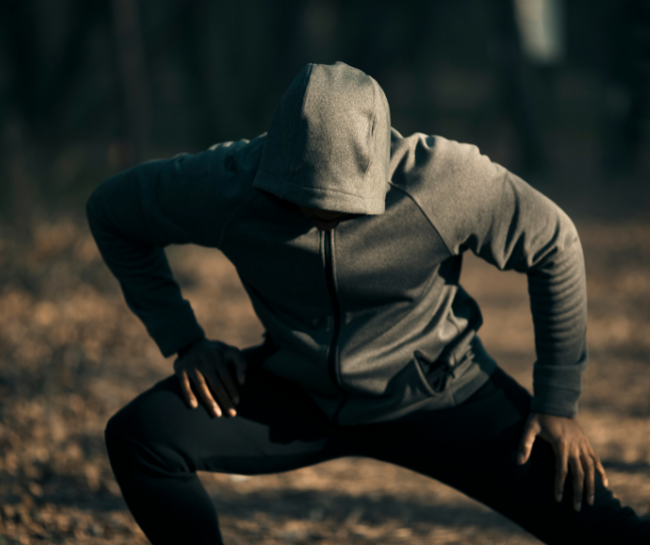
- Basic Stretches:
Start each class with a series of stretches targeting major muscle groups. Include neck rolls, shoulder circles, hip rotations, and leg stretches to improve flexibility and prevent injuries.
- Strength Exercises:
Conditioning is vital for Krav Maga practitioners. Integrate exercises like push-ups, squats, lunges, and core work to build strength and endurance.
💡 Stand-up techniques in Krav Maga not only improve physical abilities but also instill mental strength and confidence to face any challenge with resilience and determination.
Stand-up Techniques
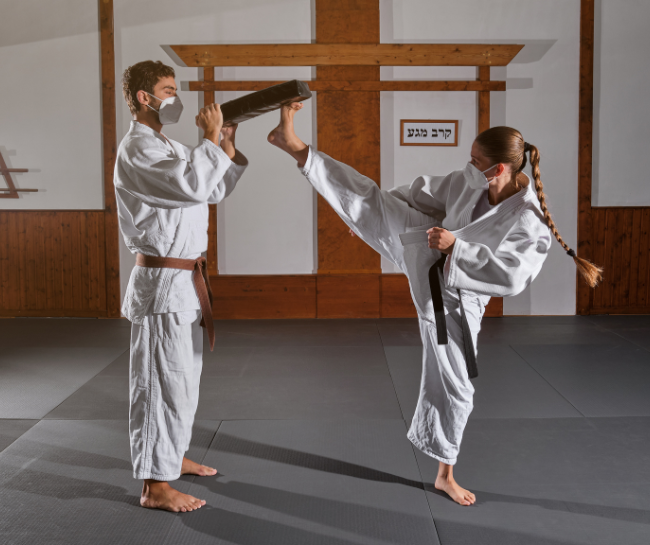
- Strikes:
Teach students various types of strikes to maximize their options during a confrontation.
- Straight punches:
Jab, cross, hook, and uppercut.
- Hammer fists:
Forward and downward hammer fists for close-range striking.
- Elbow strikes:
Horizontal, upward, and downward elbow strikes for powerful close-range attacks.
- Kicks:
Kicks are essential in Krav Maga for maintaining distance and delivering powerful strikes.
- Front kicks:
Use the ball or heel of the foot to target the attacker’s torso or groin.
- Roundhouse kicks:
Deliver powerful strikes to the attacker’s legs, body, or head with a swinging motion.
- Knee strikes:
Drive the knee upward into the attacker’s abdomen, thighs, or groin area.
- Combatives:
These techniques encompass grappling, clinch work, and takedowns.
- Clinch work:
Teach students to control an opponent at close range using underhooks, overhooks, and collar ties.
- Takedowns:
Show students various takedown techniques such as single-leg and double-leg takedowns, hip throws, and trip takedowns.
Ground Techniques
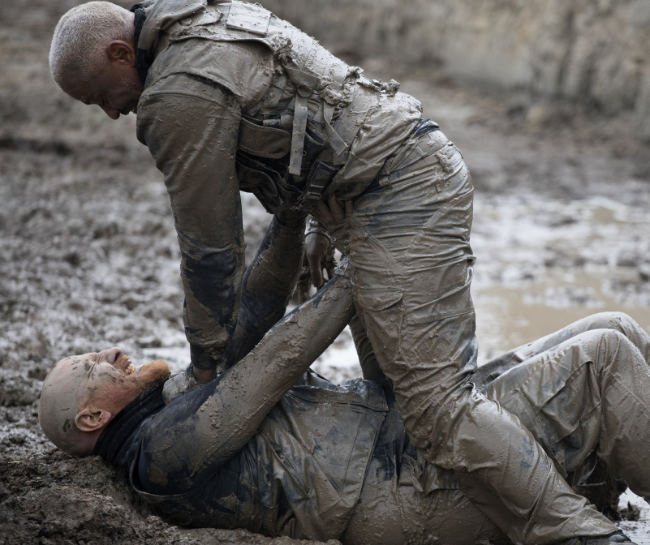
- Escapes:
Ground fighting is an essential aspect of Krav Maga. Teach students to escape from dominant positions.
- Mount escapes:
Bridge and roll or trap and roll techniques to escape from the bottom of a mount.
- Side control escapes:
Shrimp or create space to recover guard or transition to a more favorable position.
- Guard escapes:
Pass the attacker’s legs to achieve a dominant position, such as side control or mount.
- Submissions:
Submission techniques are used to control or incapacitate an opponent.
- Chokes:
Teach rear naked chokes, guillotine chokes, and triangle chokes.
- Joint locks:
Show students techniques such as the armbar, kimura, and americana.
- Transitions:
Fluid movement between positions is crucial in ground fighting.
- Passing the guard:
Teach students to pass an opponent’s guard to achieve side control or mount.
- Sweeps:
Demonstrate techniques like the scissor sweep, butterfly sweep, and hip bump sweep to reverse positions.
💡 Ground techniques may not be the flashiest moves in Krav Maga, but they are essential for any real-world self-defense situation. Teaching your students these techniques could mean the difference between standing up to an attacker or being caught off guard on the ground.
Self-defense Techniques
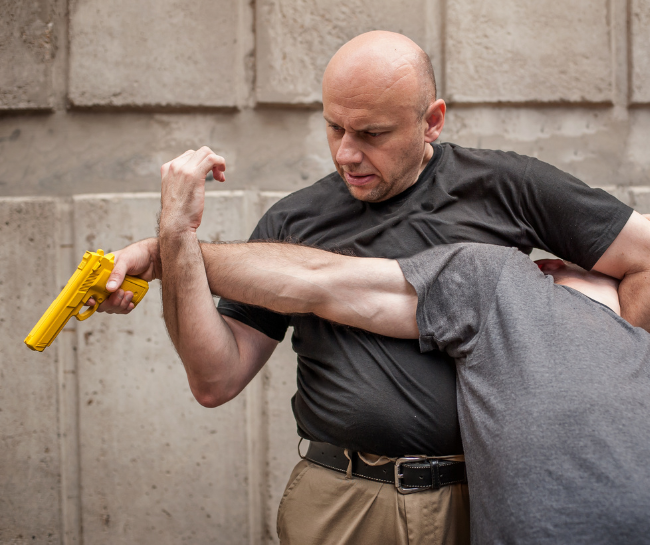
- Common Attack Scenarios:
Prepare students for real-life situations by teaching them to defend against common attacks.
- Defending against grabs and holds:
Wrist escapes, bear hug defenses, and headlock escapes.
- Defending against chokes:
Front and rear choke defenses, including plucking and turning into the attacker.
- Defenses Against Weapons:
Weapon disarms are a vital part of Krav Maga training.
- Gun disarms:
Techniques to disarm an attacker with a handgun, focusing on redirecting the weapon and controlling the attacker’s arm.
- Knife defenses:
Defend against various knife attacks with techniques like the 360-degree defense and disarming the attacker.
💡 Self-defense is not just a physical skill, but a mindset. Krav Maga moves provide effective techniques to protect oneself, but the true power lies in the confidence and awareness gained through training.
By incorporating these essential Krav Maga moves into your classes, you will provide a well-rounded and comprehensive training experience for your students. This will not only improve their self-defense skills but also increase class retention rates and overall satisfaction with your instruction. Remember, continuous learning and improvement are vital in the ever-evolving world of Krav Maga, so stay up to date with the latest techniques and best practices to ensure you are providing the best possible training for your students.
Are you ready to empower your students with the fundamentals of Krav Maga? Check out our latest blog post on Krav Maga basics and equip your beginners with essential techniques for effective self-defense. And don’t forget to explore Spark Membership for your martial arts school to access exclusive resources and take your teaching to the next level. Start today and watch your students transform into confident and capable Krav Maga practitioners.
